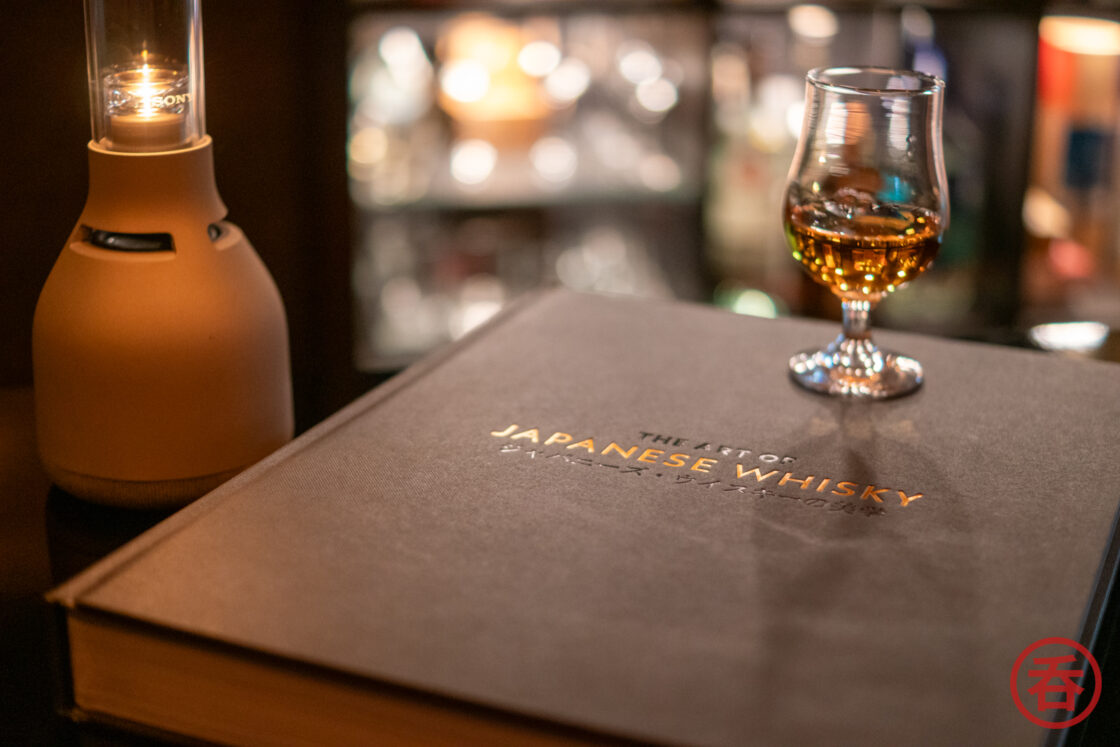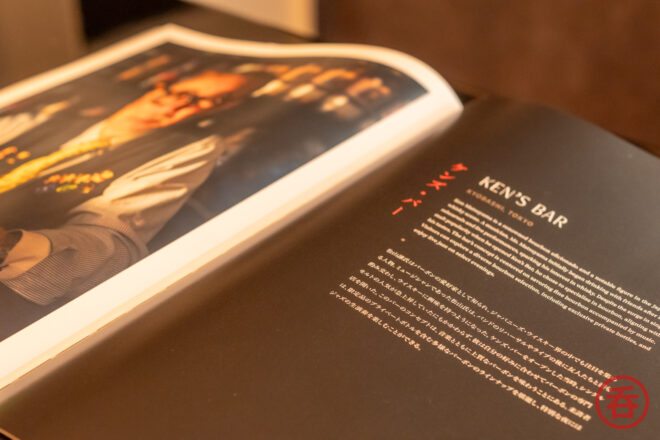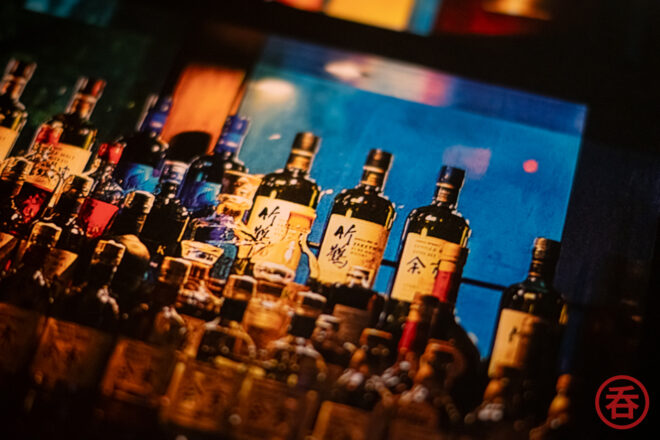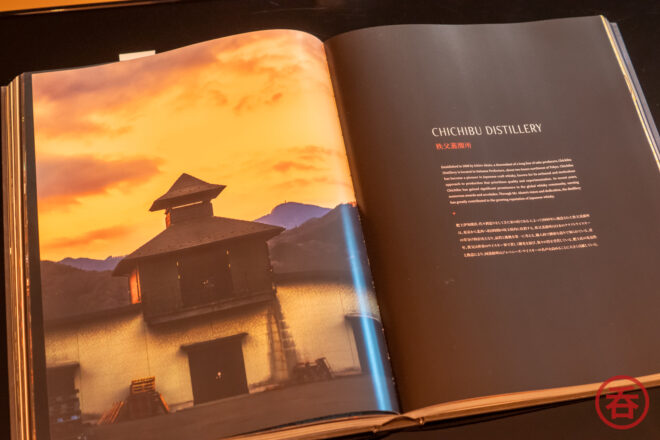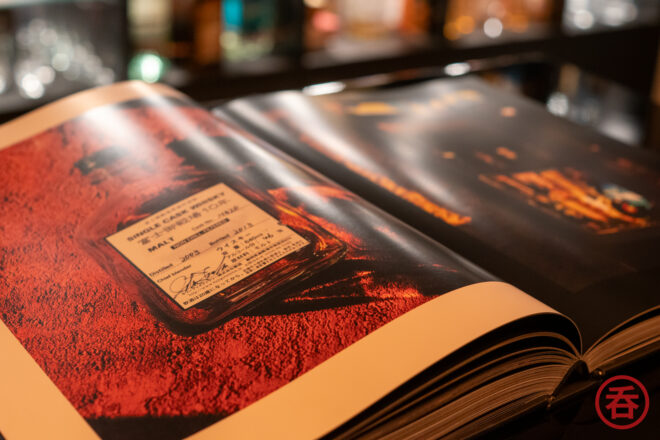Today, we celebrate another first for Japanese whisky: a coffee table book about the category. The Art of Japanese Whisky weighs in at 372 pages and 2,900 grams, or just over 1000 ounces. It’s the culmination of “tens of thousands of photos,” to quote the official site, and years of work.
It’s been a moment since I’ve done a book review on this website, so when the team reached out about a review unit, I was happy to have the opportunity.
And yes, this is a coffee table book.
That’s to say The Art of Japanese Whisky is not a tome covering the past, present, and future of Japanese whisky — that’s probably Stefan van Eycken’s Whisky Rising. It’s not an annually updated book that gives a comprehensive overview of the state of Japanese whisky — that’s probably the Japanese Whisky Yearbook. It’s not an exhaustive reference book covering EVERY bottle coming out of Japan, past or fairly recent — that’s the Japanese Whisky Product List. It’s not a journal of a whisky trip to Japan — that’s Dave Broom’s The Way of Whisky: A Journey Around Japanese Whisky. It’s also not a translation of some significant Japanese work, i.e. it’s not Ruth Ann Herd’s translation of Masataka Taketsuru’s On the Production Methods of Pot Still Whisky.
As a coffee table book, The Art of Japanese Whisky is positioned as just that: rather than something to be read cover to cover, it’s a book designed to be put on your coffee table (or, presumably, your bar) as a conversation starter for guests. Naturally, that conversation can flow more easily when whisky is involved!
The photography
Like most coffee table books you’ll find worldwide, The Art of Japanese Whisky is focused on visuals, in this case photos by Toronto-based food photographer Nick Ghattas. Shooting in low-light environments like bars and aging warehouses is challenging. The team has really stepped up and delivered amazing images of bars, distilleries, bottles, glasses, and most other things you might conjure up when you hear the phrase “Japanese whisky.” If the pictures in this book don’t want to make you reach for a dram of the stuff, probably nothing will.
A minor nitpick is that a few of the images appear slightly oversharpened. There’s a delicate balance required here because in low-light environments where you don’t have (or can’t use) a tripod, you often lose control of one corner of the exposure triangle: your shutter speed. You’re left with only aperture and ISO to mess around with. Sure, you can shoot with a wide open aperture and blow up your ISO, but then you get a “noisy” image.
Adding sharpness in post is usually the recommendation for print, sure. But I’d have preferred they not cranked it up so much in some of the images.
The text
The Art of Japanese Whisky is fully bilingual, with both English and Japanese appearing on every page. Even the index was translated into Japanese. This struck a chord for me because of the traditional “big five” whisk(e)y producers–Scotland, Ireland, US, Canada, and Japan–Japan is the only one stuck behind a language barrier. That’s one of the very reasons I launched this website.
Ironically, much of what’s being written about for Japanese whisky these days, online or offline, is initially written in English. There are few Japanese-language resources about Japanese whisky, and even fewer bilingual resources.
That’s why it’s great to see both English and Japanese text appearing in the same book. Coffee table books including this one offer plenty of real estate to place text and its translation. While that might be difficult to accomplish in smaller formats, I hope authors inside and outside of Japan can take note here. And no, there won’t be a Japanese version of nomunication.jp until AI translation improves.
As described above, if you’re looking for a book about Japanese whisky you can read and learn a lot from, The Art of Japanese Whisky probably isn’t for you. We don’t start with a timeline, no graphics that walk you through the basics of whisky production, you won’t find a foreword by some famous industry figure/author, or a market overview.
Instead, we get brief yet illustrious descriptions of the featured bars, distilleries, techniques, and craftsmanship involved in Japanese whisky. These are interspersed with quotes from several bartenders and distillery representatives that help build the mood.
The concept
The final paragraph of the book’s introduction describes its objective as showcasing “the deep and fascinating world of Japanese whisky through the power of photography.”
A few sentences later, you’ll read this:
As our journey progressed, it became resoundingly clear that more than the spirit itself, what makes Japanese whisky special is the people
If they’re saying so, I would have preferred the book to go deeper here. Yes, there are brief introductions and quotes from bartenders and distillery crew who have been instrumental in Japanese whisky’s recent success. But we don’t really hear from or see anyone else. The book doesn’t feature people involved in less prominent yet mission-critical roles such as suppliers, coopers, wholesalers, retailers, authors, importers, and, perhaps most importantly, passionate consumers or collectors.
Perhaps due to a lack of time, space, or other resources, the book also focuses heavily on Japanese whisky’s “tater bottles,” to borrow a phrase from the Bourbon scene. These are the bottles people get in fistfights about: Yamazaki, Hakushu, Hibiki, Yoichi, and Chichibu.
The book isn’t called The Art of Japanese Craft Whisky because then we’d have a problem, but even so, it could have served as a platform to introduce people to distilleries and bottles they haven’t heard of before. Insofar as this is a coffee table book intended to spark conversation, I would personally prefer that conversation be about the future of the category or why some new distillery is exciting compared to talking about bottles Suntory and Nikka have already won countless global awards for. “This bottle costs $15,000, guess I’ll never have it” might not be a great way to start a conversation, but “Have you ever been to Toyama Prefecture?” might be.
That’s not to say it’s 100% the above. Kagoshima’s Kanosuke Distillery is featured, as are bottles from other post-Chichibu distilleries like Akkeshi and Osuzuyama.
The verdict
Despite what I’ve said about lacking real coverage of lesser-known distilleries, that likely comes down to my personal preference. More realistically, the targeting of the book is probably spot-on. If you’re a) the kind of person that drinks Japanese whisky, b) the kind of person that shares that passion with other people in your life, and c) the kind of person that owns a coffee table where those people congregate, my guess is you already own and/or have enjoyed several bottles featured in the book. You may have even visited Japan. Thus, this book’s $120 USD/18,000 yen cost probably won’t break the bank. Even if you have your own professional-quality photos, short of drafting, editing, and printing something yourself, there’s really no other book like it out there.
So while The Art of Japanese Whisky might not offer a cover-to-cover learning experience or a photographic birds-eye overview of Japanese whisky’s current state, it should be an excellent and luxurious accessory for any whisky-themed parties you have coming up.
Rating: B+
Cost: $120 USD / JPY 18,000 (note: I received a review copy for this article)
Hi there! I created and run nomunication.jp. I’ve lived in Tokyo since 2008, and I am a certified Shochu Kikisake-shi/Shochu Sommelier (焼酎唎酒師), Cocktail Professor (カクテル検定1級), and I hold Whisky Kentei Levels 3 and JW (ウイスキー検定3級・JW級). I also sit on the Executive Committees for the Tokyo Whisky & Spirits Competition and Japanese Whisky Day. Click here for more details about me and this site. Kampai!

